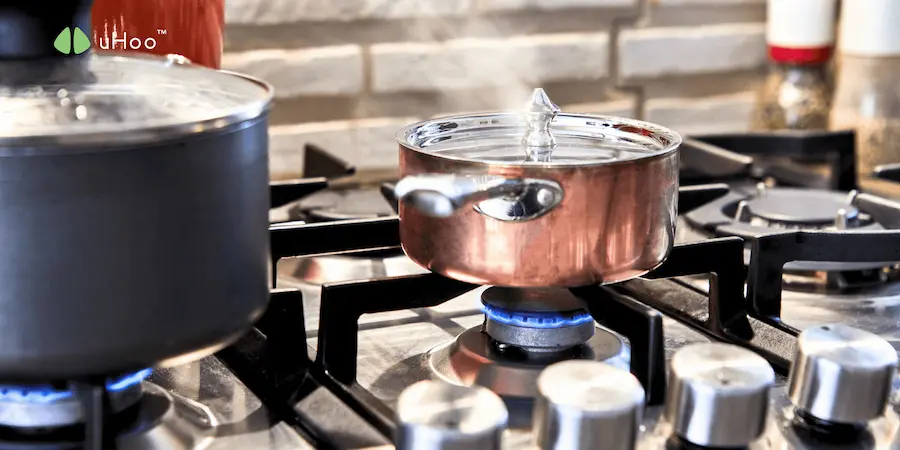We often worry about the air we breathe, and rightly so. We hear about pollution, pollen, and maybe even radon. But there’s a silent, odorless, and potentially deadly threat lurking in many homes: carbon monoxide (CO). It’s a gas you can’t see, smell, or taste, making it incredibly dangerous. Think of it as the ninja of indoor air pollutants – stealthy and capable of causing serious harm.
So, what exactly is carbon monoxide? It’s a byproduct of incomplete combustion. Basically, it’s what happens when things burn without enough oxygen. Think of it like this: your gas stove, your furnace, your water heater, even your car in the garage – they all produce CO. Normally, these appliances are designed to vent the CO safely outside. But problems arise when things malfunction, or when ventilation is poor.
Why is CO so dangerous? It’s a classic case of “the silent killer” because it displaces oxygen in your blood. Your body needs oxygen to function. CO binds to your red blood cells much more readily than oxygen, essentially hogging all the seats on the bus. This prevents oxygen from getting to your vital organs, including your brain and heart. Symptoms of CO poisoning can mimic the flu: headaches, dizziness, nausea, fatigue. But unlike the flu, CO poisoning can lead to unconsciousness, brain damage, and even death.
Now, I’m not trying to scare you, but it’s important to be aware, especially because CO is so sneaky. You won’t know it’s there until it’s potentially too late. That’s why CO detectors are absolutely essential in every home. They’re relatively inexpensive and can literally save lives. Think of them as your CO ninjas, always on guard.
Beyond detectors, there are some things you can do to minimize the risk of CO poisoning:
- Regularly inspect and maintain your appliances: Get your furnace, water heater, and other gas-burning appliances checked by a qualified technician every year. This is like giving your appliances a health check-up to ensure they’re burning fuel efficiently and venting properly.
- Ensure proper ventilation: Don’t block vents or flues. Make sure your appliances have adequate airflow. If you’re using a fireplace, make sure the chimney is clean and properly functioning.
- Never run a gasoline-powered engine in an enclosed space: This includes your garage! Carbon monoxide builds up quickly in confined areas and can be fatal in a short amount of time.
- Be aware of the signs of CO poisoning: Headaches, dizziness, nausea, fatigue, and shortness of breath are all potential symptoms. If you suspect CO poisoning, get everyone out of the house immediately and call emergency services.
Carbon monoxide is a serious threat, but by taking the right precautions, you can protect yourself and your family. Being informed and proactive is key to keeping your indoor air safe and healthy. And for another layer of air quality awareness, keep an eye on your overall indoor environment with tools like uHoo air quality monitors, which can help you maintain healthy CO2 levels.



